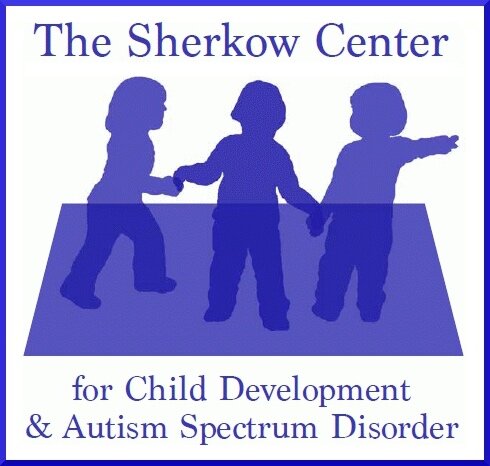By Hallie G
Because of COVID-19, Spark switched from in person to online in mid-March. When we meet in person so much of Spark is about interacting and using the physical space, so at first, I wondered how we could make the switch to zoom and still have our fun at Spark as usual. In an in person session, we start with an introduction activity and a dance-move circle, ending forming the Spark star. Then, we go over the schedule and make any announcements we need to make.
Fortunately, it wasn’t hard to make this switch and discover a productive, fun way to have Spark. On zoom, it’s different because sessions are 1-on-1 rather than with the whole team. We don’t do the introduction circle or Spark star, but we still go over the schedule. This helps keep a sense of order. In person, we would then start with an activity. Over zoom, we developed a different routine. We start with a mini workout since we are sitting around all day. This workout is done to the music of my buddy’s favorite song, so it keeps him engaged, and lets us move around. Then, we do an activity that would either be word association games, talking about a certain subject, or answering questions about our lives. Then, we play an online game that my buddy loves. The online games are either matching games or baking games, and it is fun to play with him, which we’d be doing in person. Since online Spark usually happened after a full day of online school, we realized doing something entertaining and intriguing was more useful. By keeping my buddy engaged, we were able to develop this routine and realize what worked. Although these sessions are very different, I think it is important to create a fun Spark routine, because this makes Spark feel predictable and safe.



